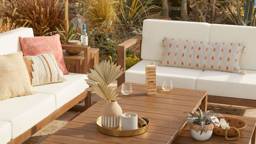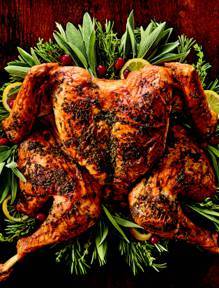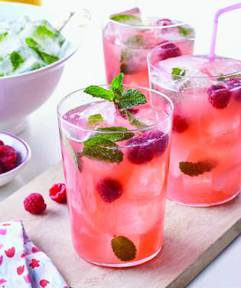For times like these, it’s about making the best choices possible. Fortunately the selection in disposable and recyclable dining products is greener than ever.
Why Not Paper Plates?
Most of us have heard that Styrofoam cups, plates and bowls are not eco-friendly. They’re made from benzene and other chemicals that can harm us, contribute to smog and worsen global warming. They’re not biodegradable and contribute to landfill pileup. And the story on plastic dinnerware is similarly bleak.
But what’s wrong with paper plates? They’re relatively inexpensive and they do biodegrade. Chinet, for instance, has information on its website for those who want to compost Chinet paper plates. Follow the directions, and the company claims you’ll have compost for your garden in about six to nine months. (See www.mychinet.com.)
For the eco-minded, however, the fact remains that most paper disposable products are made from virgin wood fiber. If this is a concern, one can look for paper plate manufacturers that use recycled paper. Chinet, for instance, claims it uses 100 percent pre-consumer recycled milk carton stock in making its plates.
Disposable Plates & Bowls
A stylish and green option is the Bambu Veneerware line of disposable plates, though they are quite expensive. Made from renewable bamboo, they’ll decompose in four to six months. They’re elegant enough for any event from cabin weddings to New Year’s Eve at the cottage. Of course, quality like this comes with a price tag. 100 plates sold in bulk run about $65.00 at sites such as www.greenfeet.com. Matching bamboo “sporks” are available at $8.95 for 24.
Lower budgets can still be green with the bagasse fiber collection from www.worldcentric.org. While the plates and bowls resemble oldfashioned Styrofoam plates, they’re made from sugarcane. In addition to being biodegradable and renewable, this dinnerware is also unbleached and able to handle hot food items. Packs of 50 start at less than $3.
Disposable Flatware
Also available now is disposable cutlery that is designed to biodegrade. Instead of petroleum-based plastic knives, forks and spoons, there are vegetable starch-based implements. For instance, visit www.branchhome.com, and you’ll find potato-starch cutlery that’s sturdy, attractive and suitable for hot foods up to 220 degrees F. According to the website, these pieces will biodegrade within 180 days in a commercial composting facility. Different packaging and pricing options are available, including a package of 50 forks, knives and spoons for $14.00.
With a little knowledge and a few eco-friendly dining options in your cupboard, you can enjoy your holiday lunches, brunches or picnics a little more because you’ll have a clearer conscience. And you won’t be shackled to the kitchen sink!
Lucie Amundsen is known to work the word “spork” into as many conversations as possible.
 Bambu "Veneerware" plates D.R.
Bambu "Veneerware" plates D.R. 









